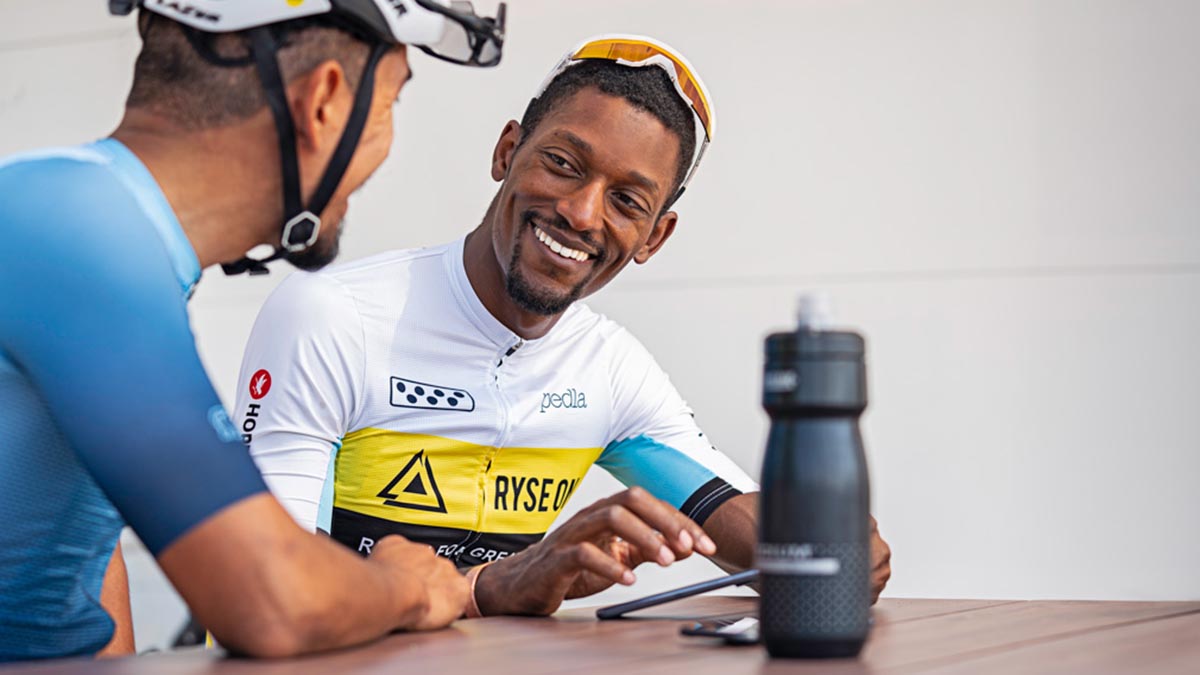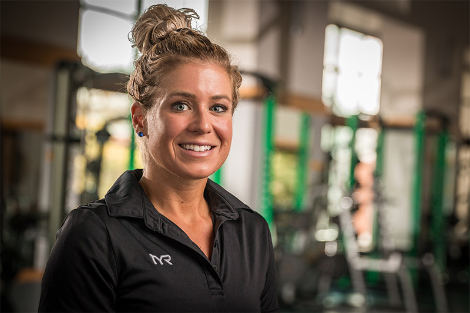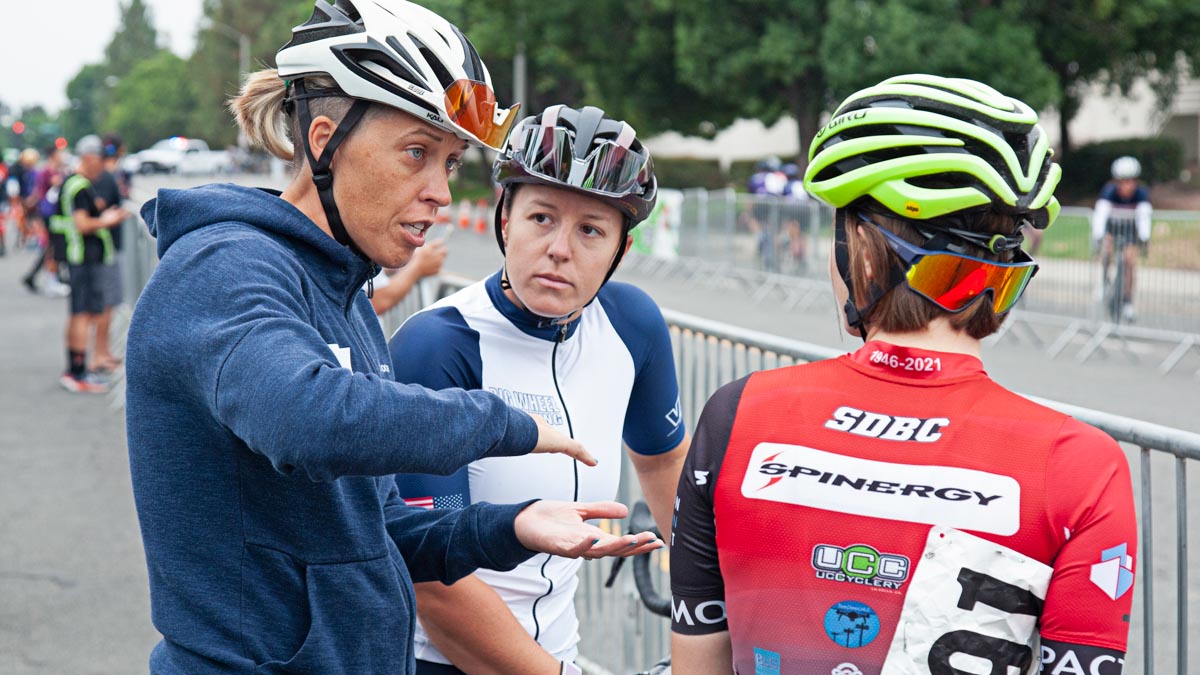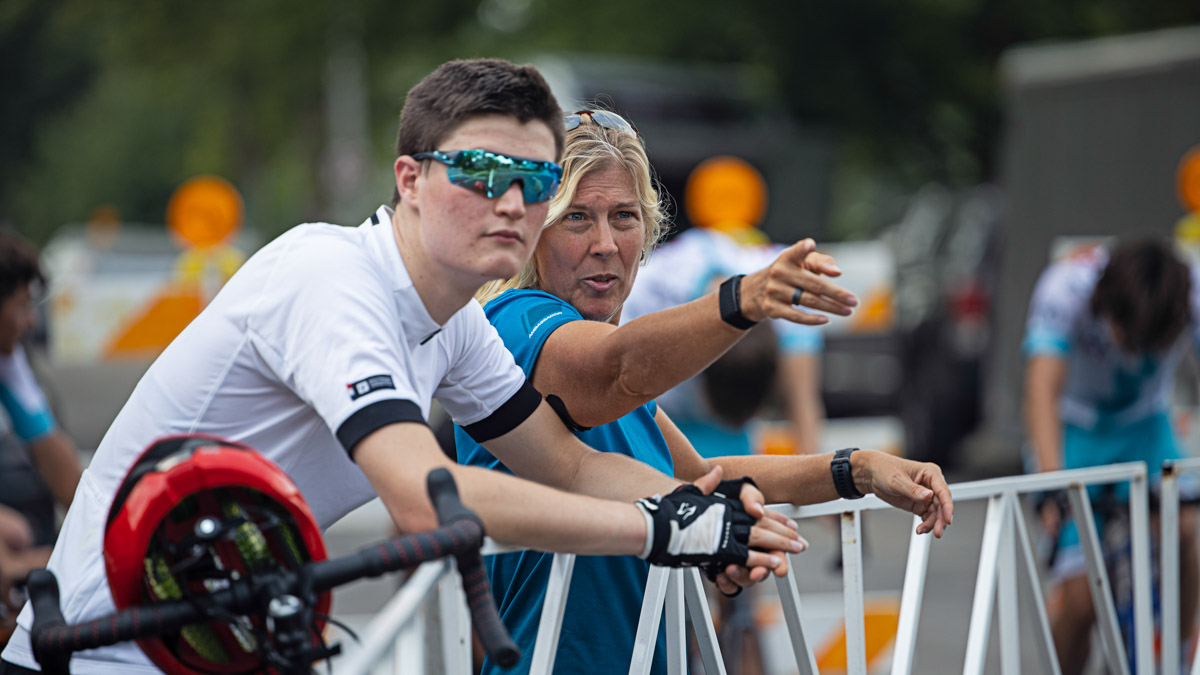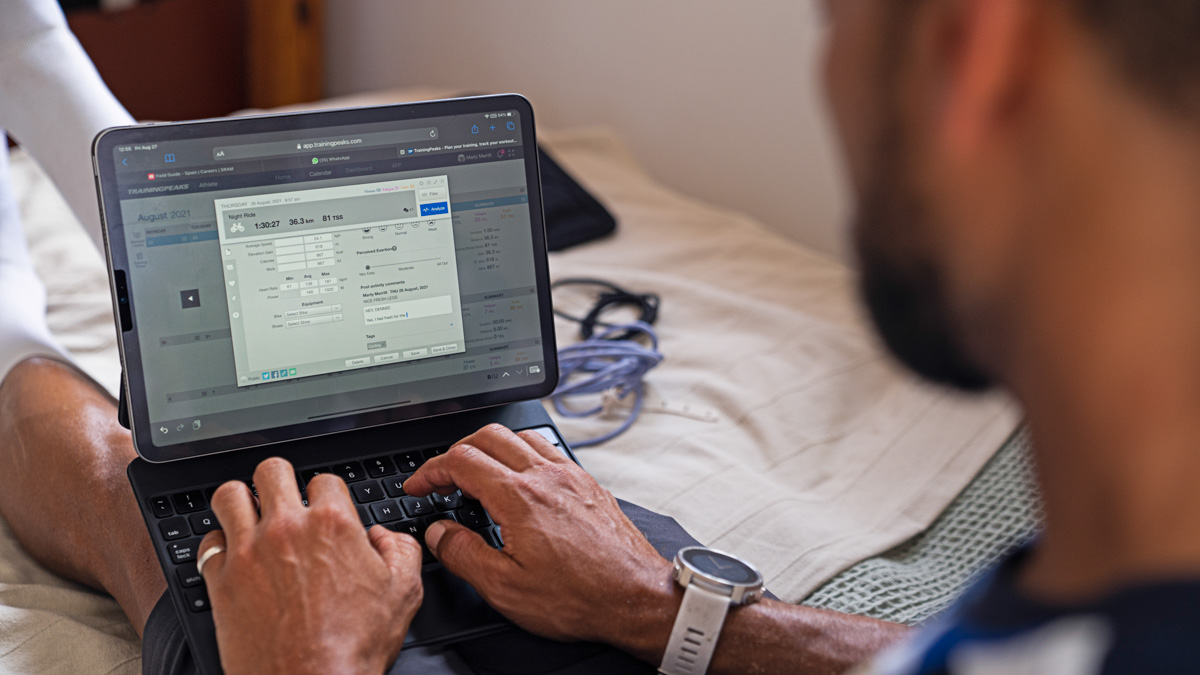One of the biggest issues that we as coaches run into is that our athletes want to race year-round, be in shape year-round, and be on or near their top performance level year-round. Their top performance goal is often the only thing they envision and focus on, but in order to maintain long-term athlete engagement and success, it’s imperative to lay out the transition of goals throughout your athlete’s season.
Goal Pyramid
In order to climb to the peak of the mountain, you have to start your journey at the base. Goals need to be tailored and synchronized with the training periodization pyramid build.
Your athletes’ goals will be more broad in nature at the base season. Each training periodization stage increases in specificity, eventually funneling their training into the peak performance stage.
Vary Intensity
Our athletes come to us with very specific goals, usually one that is the end goal of the season or one that would be their top accomplishment. Just as a hurdler starts out with shorter jumps, your athletes should vary the intensity of their goals throughout the year.
Their top goal is the highest ring—the one with the most power, pressure, and preciseness. In order to achieve the highest-level goals, you should also build the intensity level of your goals through the season. By varying the intensity of the goals, you mitigate the perception of failure and promote long-term success along with forward momentum toward their highest-level goal.
Lack of Goals (Reduction/Absence)
As stated, goals can be basic or specific and low or high functioning. They can also be repressed for recovery. Just as there is an offseason for training, there should be an off-season for goals.
The lack of goals provides a reflection platform and opportunity to assess what the future goals are and what their past goals accomplished. The lack of goals constitutes either the preparation phase or mental recovery, whether from training, racing, or any other type of transition. Having a lack of goals gives the athlete relief and allows them to re-center themselves to continue to move forward on the correct goal pathway.
As a side note, this is why it’s also incredibly important for athletes to actually have assistance and coaching during the offseason, where there is a lack of focused, goal-motivated training as well.
Listing Out Goals
Another thing that is extremely helpful is to make sure that your athletes understand the timeline of specific goals, along with what each transition period to the next accomplishment is after certain milestones are accomplished. Make sure to outline what each athlete should be focusing on and expecting to accomplish with the proper fortitude and drive and what to expect during specific times of the year (or each week).
One of my favorite features in TrainingPeaks is the ability to list weekly goals. I have checkboxes in which I list what the focus for the week (or the next couple of weeks) will be. This includes what is changing throughout the week and what they should really focus on for workout specifics. I also list general goals for the week as far as what needs to be accomplished.
Instead of just completing workouts and following the prescribed training, set the stage for the weeks and months ahead so that they have a clear focus moving forward.
Summary
The top four things you can do to help your athletes understand how goals progress throughout the season include:
- Goals need to be tailored and synchronized with the training periodization pyramid build.
- Athlete goals must have varying intensities throughout the year.
- Allow for your athlete to have some time periods with general, looser goals.
- List out goals at specific weeks and months within their training plan.

